Traditional wooden folding storm shutters (also: wooden window shutters) have been used for centuries as a facade feature to protect windows. In the Middle Ages it was used as a vertical “flap” fixed above the window to protect against inclement weather. For the last couple of centuries, in many parts of the world, these devices have been the more commonly known type of shutters that fold horizontally inward to cover the windows.
The desired functions are versatile and like rolling shutters: sun protection, privacy, weather protection, sound insulation, protection against cold and also burglary protection. In many cases, the folding shutter is only used as a facade decoration.
Today's long-lasting surface treatments, which require far less post-processing and care than the solvent-based materials of the past, allow wooden shutters to reappear in the designs of both residential and commercial modern architectural plans.
A contemporary alternative to the "folding shutter" is the "sliding shutter" with upper and lower guides that have become increasingly popular recently.
Luckily, these traditional designs can be operated by modern mechanisms such as a hand crank or by electric motor.
Please note that folding shutters are supplied without fittings.
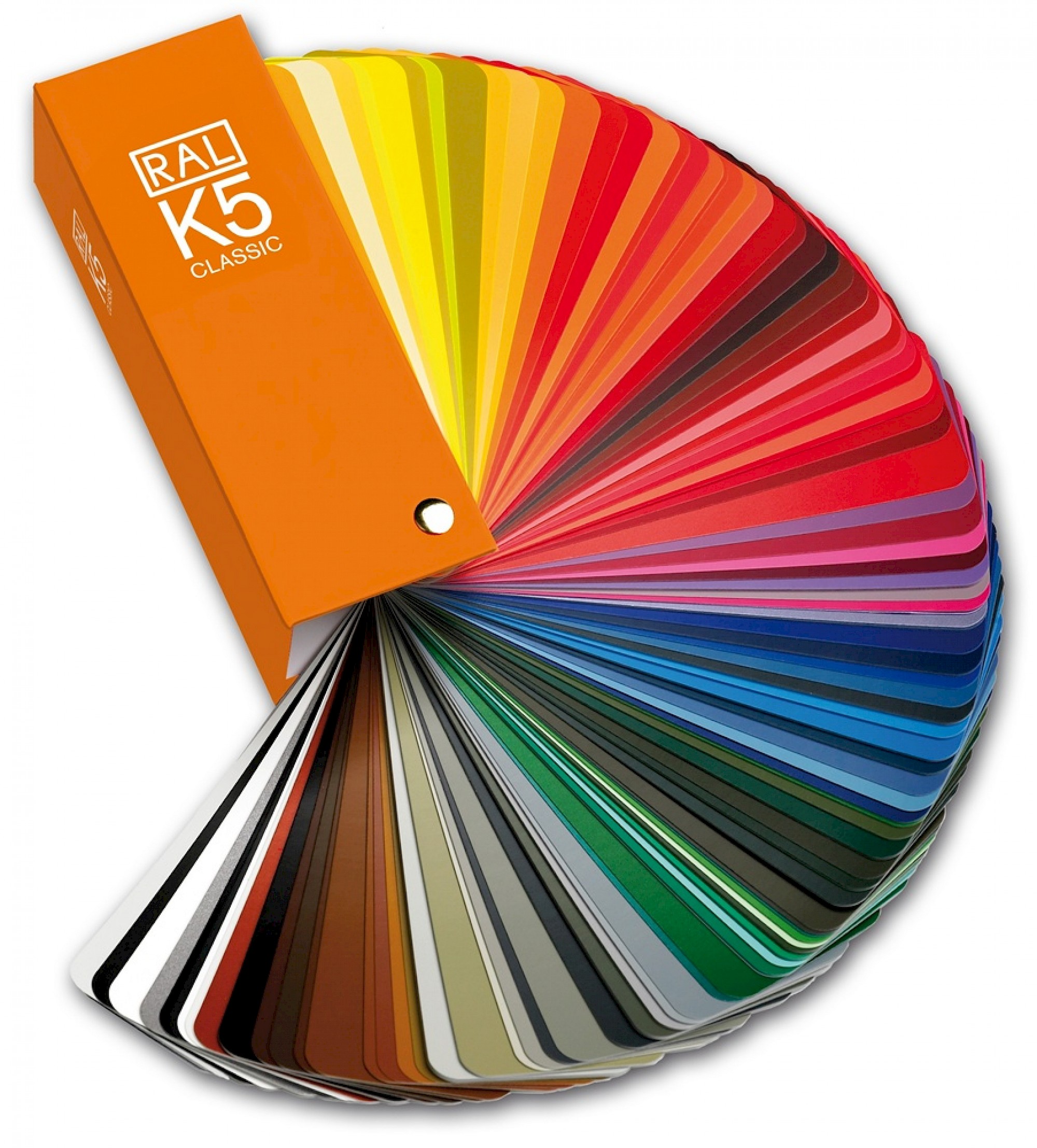
Our rolling shutters can be primed, varnished or painted on request. Because of the optimal and even wetting of all areas, including the inaccessible areas, priming is carried out using the immersion method. The glazes and varnishes are applied by spraying for finishing treatment.
To maximize the longevity of our wooden roller shutters, we recommend painting with a primer first.
Our paint finishes are available in all RAL tones.
We recommend a thick-layer glaze that leaves the wood structure visible.
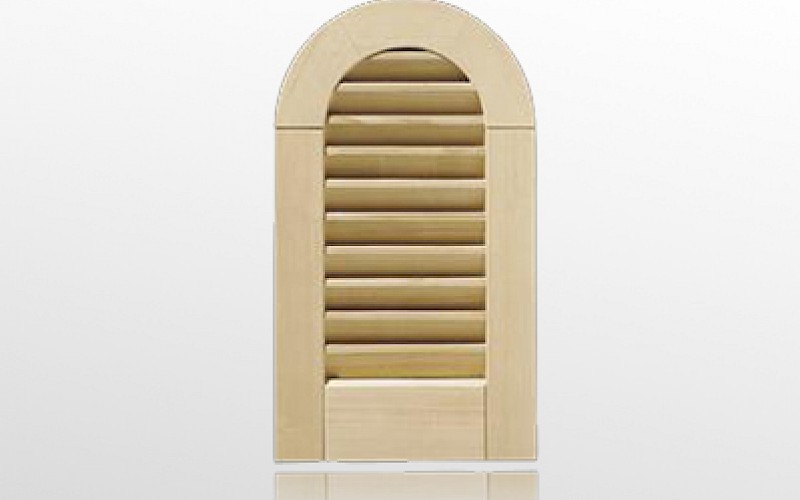
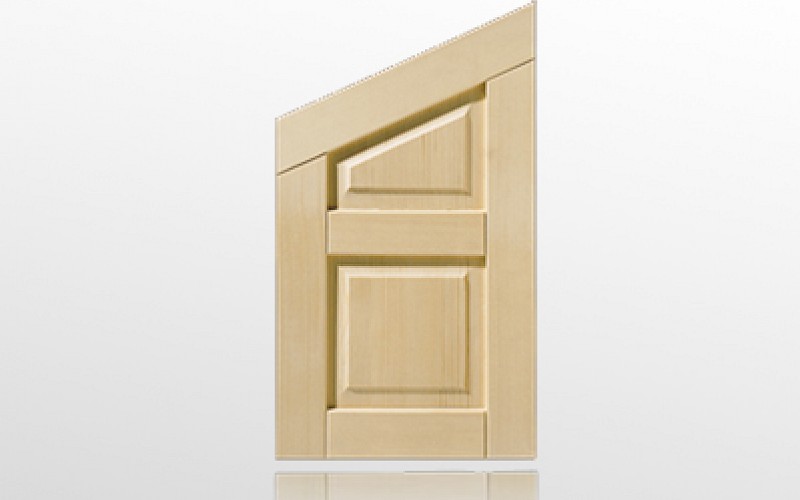
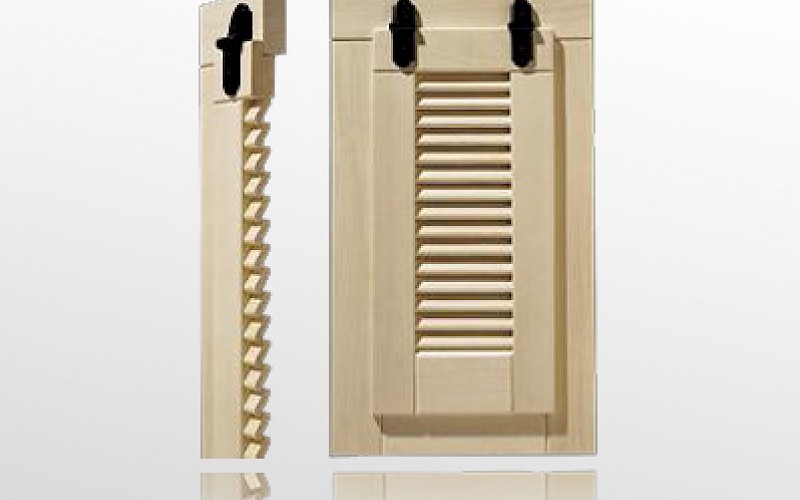

Our rolling shutters can be primed, varnished or painted on request. Because of the optimal and even wetting of all areas, including the inaccessible areas, priming is carried out using the immersion method. The glazes and varnishes are applied by spraying for finishing treatment.
To maximize the longevity of our wooden roller shutters, we recommend painting with a primer first.
Our paint finishes are available in all RAL tones.
We recommend a thick-layer glaze that leaves the wood structure visible.




Our rolling shutters can be primed, varnished or painted on request. Because of the optimal and even wetting of all areas, including the inaccessible areas, priming is carried out using the immersion method. The glazes and varnishes are applied by spraying for finishing treatment.
To maximize the longevity of our wooden roller shutters, we recommend painting with a primer first.
Our paint finishes are available in all RAL tones.
We recommend a thick-layer glaze that leaves the wood structure visible.




Our rolling shutters can be primed, varnished or painted on request. Because of the optimal and even wetting of all areas, including the inaccessible areas, priming is carried out using the immersion method. The glazes and varnishes are applied by spraying for finishing treatment.
To maximize the longevity of our wooden roller shutters, we recommend painting with a primer first.
Our paint finishes are available in all RAL tones.
We recommend a thick-layer glaze that leaves the wood structure visible.




Our rolling shutters can be primed, varnished or painted on request. Because of the optimal and even wetting of all areas, including the inaccessible areas, priming is carried out using the immersion method. The glazes and varnishes are applied by spraying for finishing treatment.
To maximize the longevity of our wooden roller shutters, we recommend painting with a primer first.
Our paint finishes are available in all RAL tones.
We recommend a thick-layer glaze that leaves the wood structure visible.




Our rolling shutters can be primed, varnished or painted on request. Because of the optimal and even wetting of all areas, including the inaccessible areas, priming is carried out using the immersion method. The glazes and varnishes are applied by spraying for finishing treatment.
To maximize the longevity of our wooden roller shutters, we recommend painting with a primer first.
Our paint finishes are available in all RAL tones.
We recommend a thick-layer glaze that leaves the wood structure visible.




Our rolling shutters can be primed, varnished or painted on request. Because of the optimal and even wetting of all areas, including the inaccessible areas, priming is carried out using the immersion method. The glazes and varnishes are applied by spraying for finishing treatment.
To maximize the longevity of our wooden roller shutters, we recommend painting with a primer first.
Our paint finishes are available in all RAL tones.
We recommend a thick-layer glaze that leaves the wood structure visible.




Our rolling shutters can be primed, varnished or painted on request. Because of the optimal and even wetting of all areas, including the inaccessible areas, priming is carried out using the immersion method. The glazes and varnishes are applied by spraying for finishing treatment.
To maximize the longevity of our wooden roller shutters, we recommend painting with a primer first.
Our paint finishes are available in all RAL tones.
We recommend a thick-layer glaze that leaves the wood structure visible.




Our rolling shutters can be primed, varnished or painted on request. Because of the optimal and even wetting of all areas, including the inaccessible areas, priming is carried out using the immersion method. The glazes and varnishes are applied by spraying for finishing treatment.
To maximize the longevity of our wooden roller shutters, we recommend painting with a primer first.
Our paint finishes are available in all RAL tones.
We recommend a thick-layer glaze that leaves the wood structure visible.



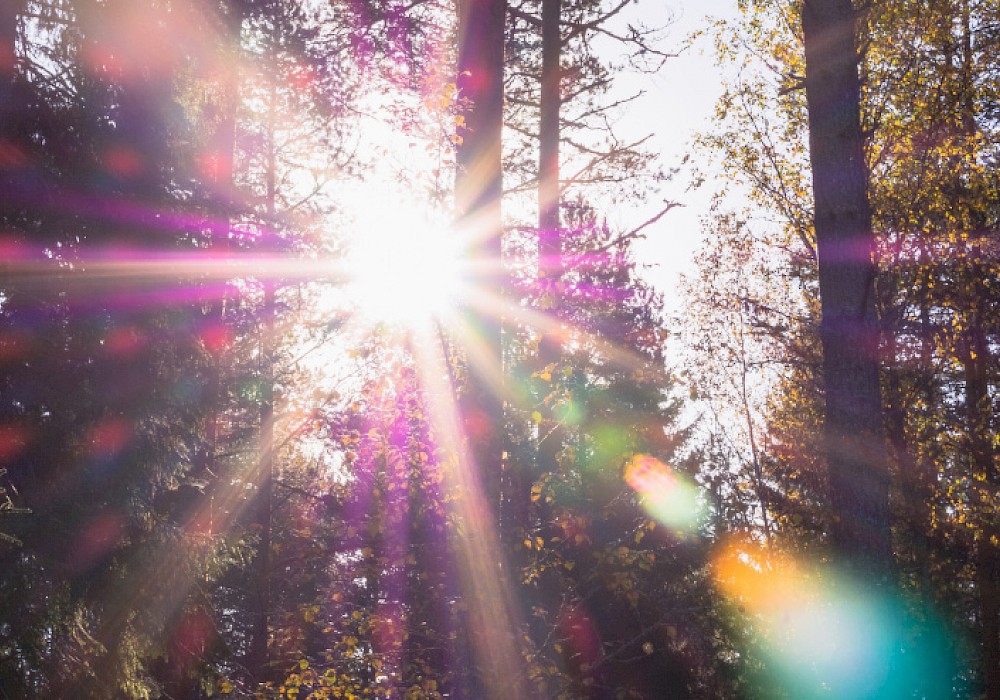
In the world of rolling shutters, wood is by far the most sustainable and beautiful material available and exceeds many curent eco-building standards. If pine trees are felled after 100 to 120 years of life - i.e. after the zenith of their life - and the trunk is processed for building materials, such as roller shutters and implanted in our own immediate living environment, then we give this pine much more than a hundred years of life.